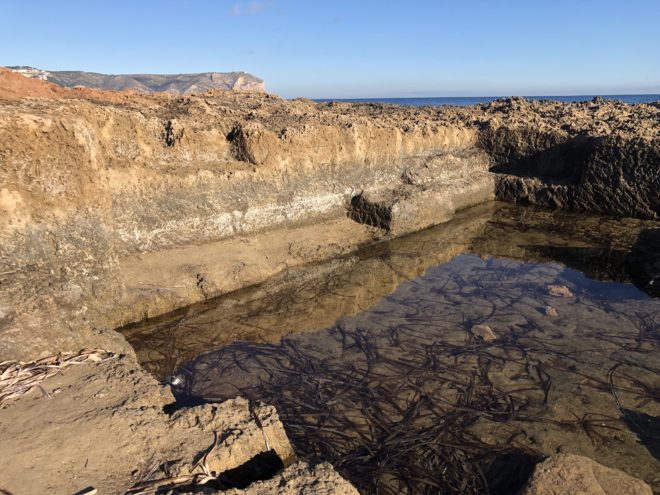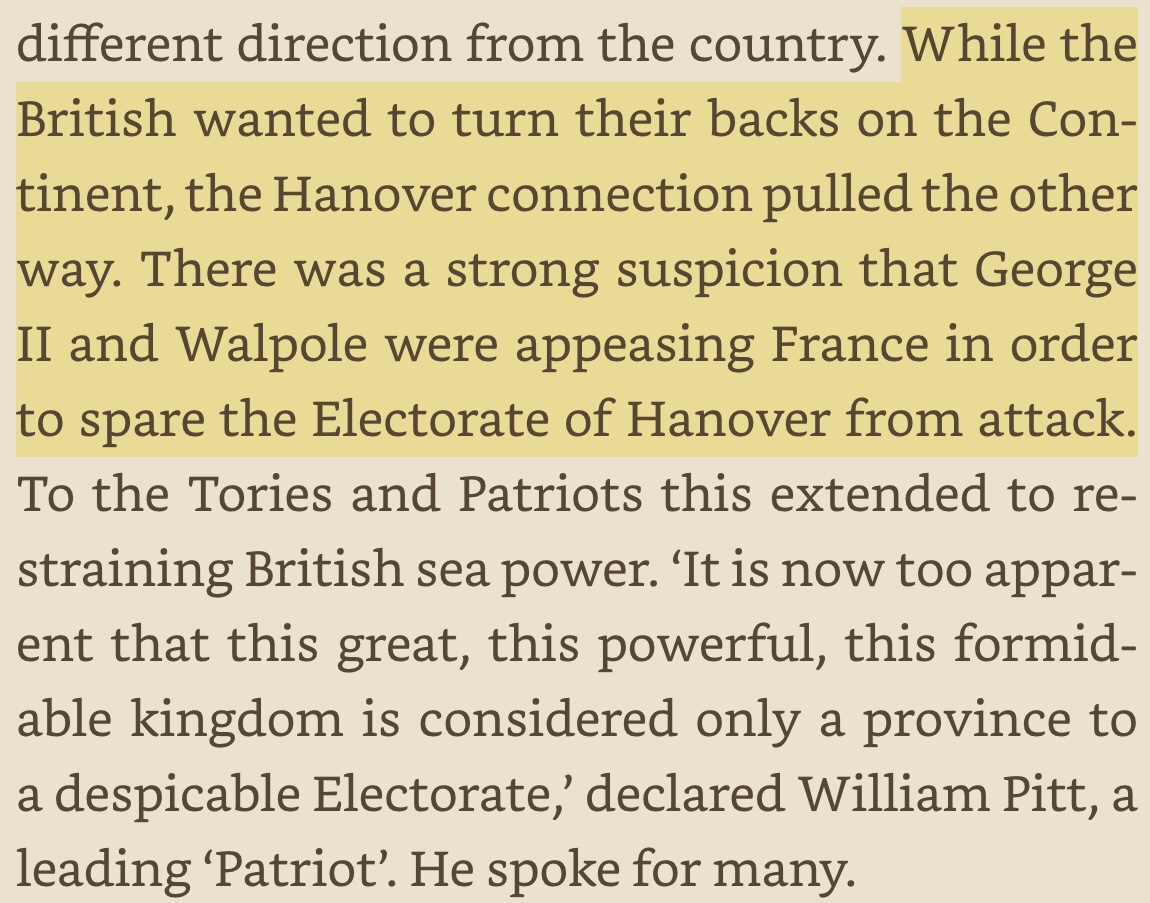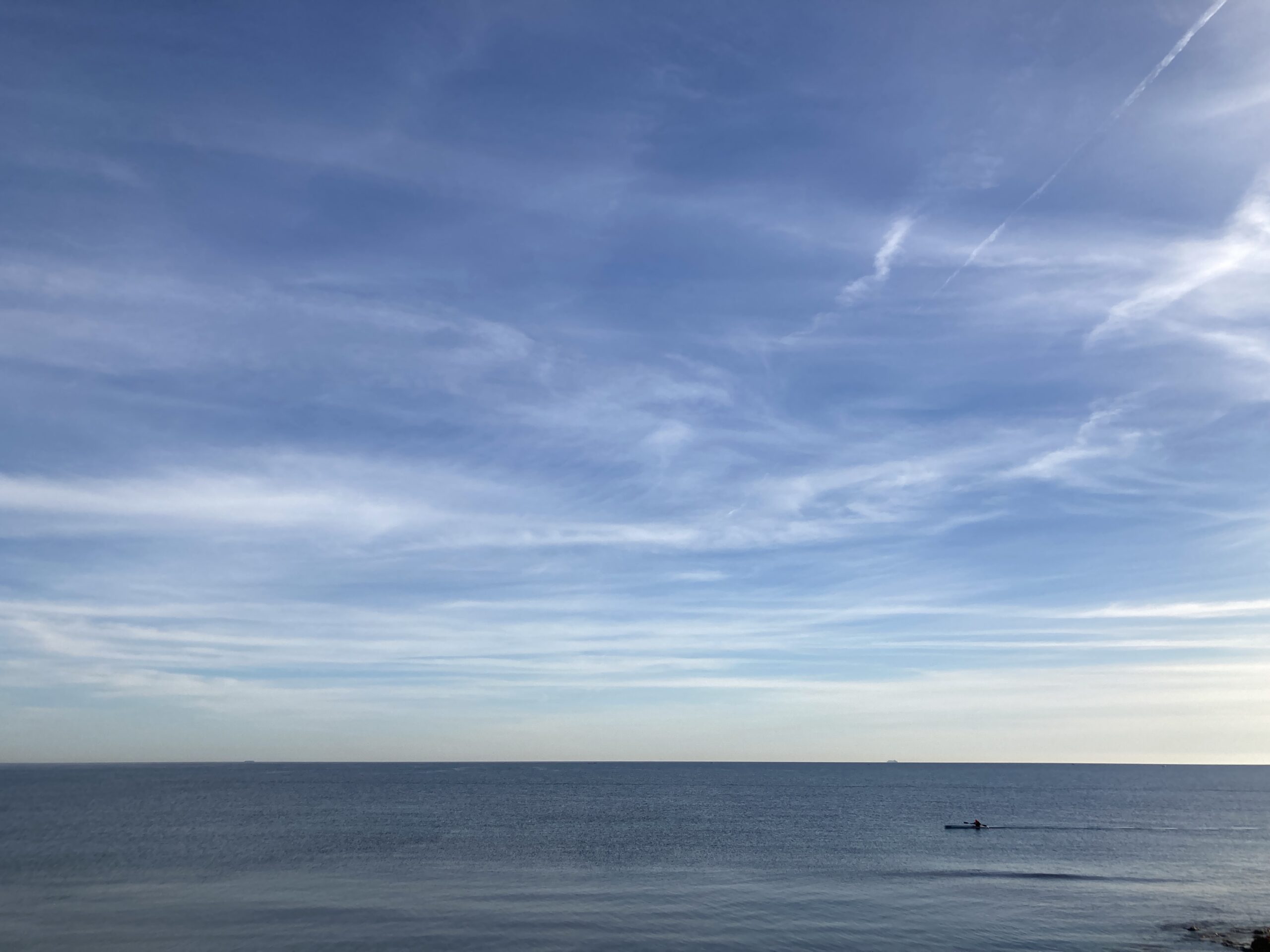Tag: history
-
Version Control, Engineering and Rocket Engines
Reading Time: < 1 minuteEvery Rocketdyne engine was fine tuned and perfected by hand, from plans, that were modified but not updated. This means that each engine was unique. It would take trial and error to build them again. With GIT and other forms of version control the entire process could theoretically have been logged…
-
Perm 36 YouTube Video Visit
Reading Time: < 1 minuteLast night I watched a video about a visit to Perm36 but it covered just the trip. The video below is far more complete and informative. I am currently reading Gulag by Anne Applebaum, rather than The Gulag Archipelago, like she mentions. I started reading it decades ago but never finished…
-
Funerary Relief – Colourised
Reading Time: < 1 minuteWhen we have seen hundreds of statues and other objects over the decades of our lives, it is easy to assume that statues and other objects are just statues, that they have no colour, but of course they did. What was just a relief becomes a 3d painting after colour is…
-

Roman Fish Salting in the Mediterranean
Reading Time: 3 minutesFor years I heard about Roman pisciculture baths near the sea in Spain and I thought that this is where they would keep fish for eating, like they did in medieval Europe. That idea is wrong. The pisciculture that you have near Javea, Cadiz, and other parts of the Mediterranean coast were…
-

The Romans on Twitter
Reading Time: 2 minutesOver a few months I have seen that tweeting about the Romans is growing in frequency. The accounts that I see are tweeting about Roman Britain. They share images of mosaics, digs and new discoveries. It is a way to follow archeology and Ancient history in a modern context. By following tweets…
-

Empire Of The Deep and Brexit
Reading Time: 4 minutesI am currently reading Empire of the Deep, The Rise and Fall of The British Navy and to read it within the context of Brexit is interesting. We already know that the British gave up on the Catholic Church because Henry the Viii wanted to change wives and the Pope said no.…
-
13 Minutes to the Moon
Reading Time: < 1 minute13 Minutes to the Moon is an interesting podcast dedicated to the Lunar Landings. This podcast, along with audiobooks, is interesting because they allow us not just to read the dialogues that took place but to hear what the controllers and astronauts heard. At one point in Episode two, you hear…
